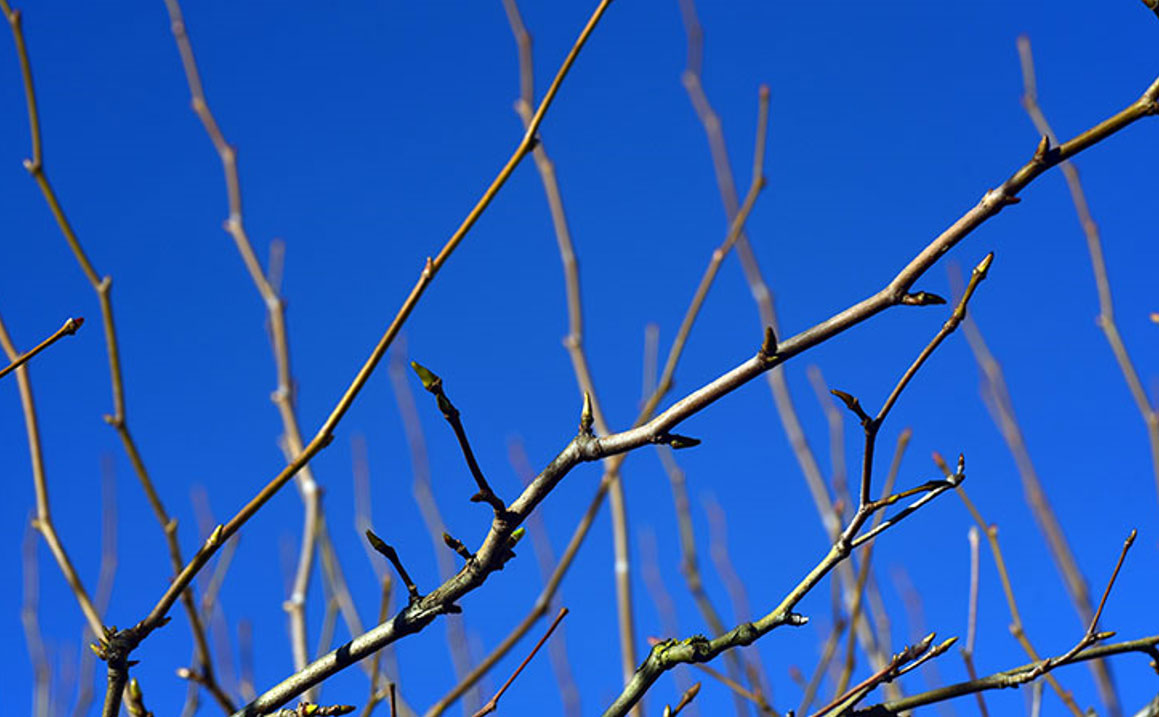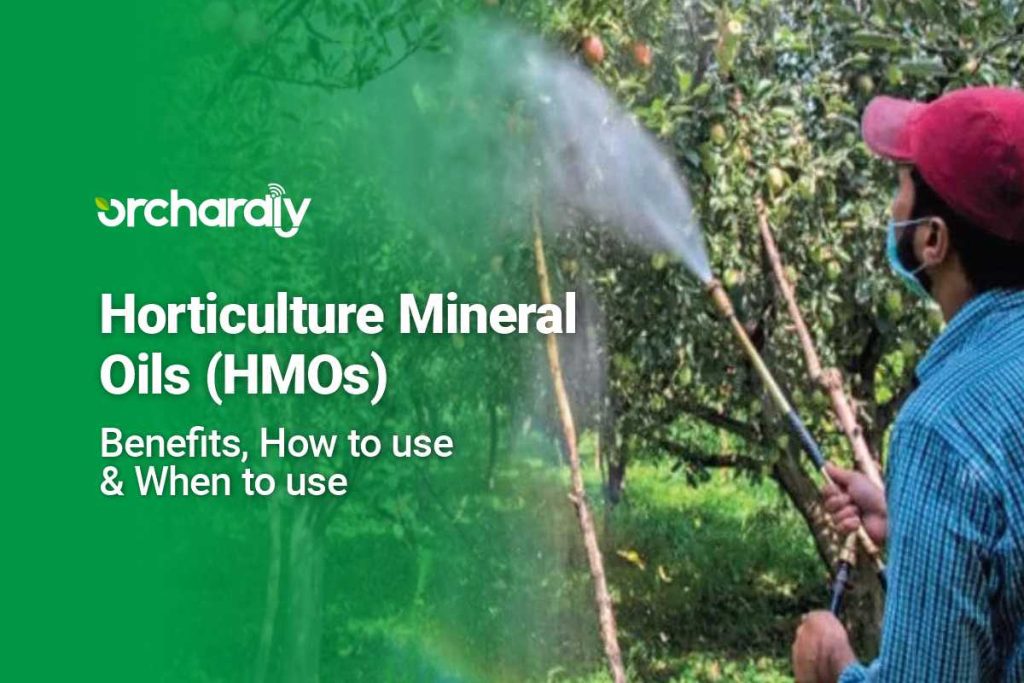Horticulture Mineral Oils are highly refined petroleum products that are filtered and distilled to remove compounds that can harm plants. Oils are most effective against exposed eggs, immature stages and soft-bodied adult insects. These oils are specifically used to kill insects particularly, San Jose Scale and European Red Mite, but it also helps to keep other insects such as aphids, thrips, leafhoppers and mealybugs at bay to a large extent.
Benefits of using Horticultural Mineral Oils
- Safe on other environmental elements and negligible toxicity to humans and other vertebrates.
- Friendly to natural enemies of pests (beneficial insects)
- Easy and safe to use.
- Less in costs when compared with the traditional pesticide chemicals
- No record of the development of pest resistance. Since the mode of action is mechanical rather than chemical, there is less likelihood of insects developing resistance to the oils.
Types of HMOs
1. Dormant oils
2. Summer oils
- Dormant oils: Horticultural oils are called “dormant” oils only when they are applied during dormant stage of plant growth (delayed dormancy stage) or simply while trees are resting. The term “dormant” refers to the seasonal timing of the application and not to the type of oil that we use.
- Summer oils: These are also called as “superior oils” and are sprayed during growing season. These oils are applied at lower concentrations compared to the dormant oils. These are more volatile in nature and have less residency time on sprayed plants compared to dormant oils.
When should oils be applied?
Selecting an appropriate horticultural oil depends on the life cycle of the target pest. Dormant oils are suitable for insects that overwinter on host plants, while pests that emerge in summer should be managed with oils designed for use during the growing season. Regardless of the timing, thorough coverage of the pest population is essential for effective control.
Dormant oils should be applied during the late dormant stage, before the green tip stage. A common mistake is to apply dormant oil sprays too early (on the first warm day in February) before insects are actively respiring and susceptible to the oil’s suffocating effects. It is better to wait as close to the bud break as possible before applying oil sprays. However, if unfavorable weather conditions, such as prolonged rainfall, prevent timely application, growers can still use the oil but must dilute it further. This means the concentration should be lower than the standard application rate to minimize potential risks like phytotoxicity. The ideal temperature range for application is between 4°C and 21°C, night temperature should remain 4°C for consecutive 3-4 days and temperatures should remain above 10°C for at least 24 hours after spraying. It is crucial to avoid application during freezing or near-freezing conditions, as low temperatures reduce effectiveness and result in uneven coverage. If rainfall occurs within 24 hours of application, reapplication is necessary.
Summer oils are sprayed during the growing season; when plants are in active stage. The application is done when foliage is present on trees and insect pests are also active in the orchard. For summer use, oils are effective against insects that are soft-bodied and slow-moving. Avoid applying oils during humid conditions as these conditions reduces the rate of evaporation and can also cause burning.

What pests are controlled?
- Soft-bodied insects – Aphids, mealybugs, whiteflies, thrips, leafhoppers.
- Scales & mites – San Jose Scale, European Red Mite, Spider Mites.
- Eggs & immature pests – Prevents hatching and early development.
- Fungal diseases – Powdery mildew, downy mildew, rust, and leaf spot.
- Viral disease prevention – By killing insect vectors, HMOs help reduce viral infections.
How should oils be applied?
Cover all plant surfaces, especially the undersides of leaves and crevices of branches and stems where pests can hide.
How do horticulture oils work?
Horticultural oils control insects through direct contact, meaning the pests must be present for the oil to work. Complete coverage of the insect population is essential, for the oils to be effective. Oil has no effect after it has dried. When sprayed on plants, the oil coats exposed insects and eggs, suffocates them by blocking their breathing tubes (spiracles) i.e. causing them to die from asphyxiation. This method is nonselective, affecting nearly all insects it covers and reducing egg hatch rates. The oil may also disrupt feeding behavior of pests, interferes with cell membranes, or affect normal metabolism. Horticultural oils play a preventive role by discouraging certain insects from laying eggs, particularly when applied while females are actively searching for suitable egg-laying sites. Dormant sprays specifically kills overwintering insects and exposed eggs.
Precautions for application
- Always read and follow label instructions.
- Application of oils should never be done in combination with sulfur or sulfur-containing pesticides such as Captan or Karathane. They can react with oils to form phytotoxic compounds. Because elemental sulfur can persist for long periods, label directions on most oils prohibit their use within 30 days of a sulfur application.
- Avoid mixing insecticide with the HMO.
- Avoid spraying a huge concentration of oil, which is against horticultural scientific standards. Excessive concentration of HMO is sheer wastage and also harms the plant.
- Oils must be mixed exactly at the right dilution rate to prevent plant damage. This is especially true for summer use of the oils.
Conclusion
Horticultural Mineral Oils offer an effective and environmentally friendly approach to pest management, primarily through suffocation rather than chemical action. Proper timing, thorough application and adherence to recommended practices enhance their efficiency while minimizing risks. By integrating HMOs into orchard management, growers can achieve sustainable pest control without compromising plant health or beneficial insect populations.


